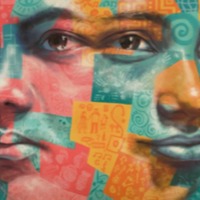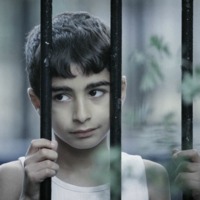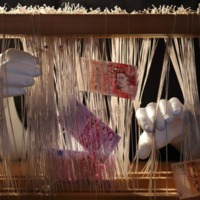
James Kofi Anan
There are an estimated 133,000 people living in modern slavery in Ghana (GSI 2018). Ghana remains a source, transit, and destination country for men, women, and children subjected to forced labor and sex trafficking. Ghanaian boys and girls are subjected to forced labor within the country in fishing, domestic service, street hawking, begging, portering, artisanal gold mining, quarrying, herding, and agriculture, including cocoa. Research focused on the fishing industry on Lake Volta indicated that more than half of the children working on and around the lake were born in other communities and many of these children are subjected to forced labor; not allowed to attend school; given inadequate housing and clothing; and are controlled by fishermen through intimidation, violence, and limiting access to food. Boys as young as five years old are forced to work in hazardous conditions, including deep diving, and many suffer waterborne infections. A study of the prevalence of child trafficking in selected communities in the Volta and Central Regions indicated that children from nearly one-third of the 1,621 households surveyed had been subjected to trafficking, primarily in fishing and domestic servitude. James Kofi Anan tells of his own experience of child trafficking for fishing on Lake Volta, Ghana. He talks about how this representative of child trafficking in the area and how he thinks people can work towards the ending of human trafficking. Kofi Anan also provides details on his own anti-child trafficking organisation Challenging Heights.

The Letter
The lesson is based around a true story about Nicu, a 9-year-old boy who has been trafficked to the UK. The central focus is a beautiful short film, based on the true narrative, in which Nicu reads an imaginary letter to his mother. Sadly, his descriptions of wealth are far removed from the reality of the violence and exploitation he is subjected to. This is not the ‘better life’ that his parents were promised he would have. He is unhappy, alone, and trapped. The lesson finishes with an engaging music video that focuses on the exploitation of a trafficked child forced to work in a factory.Audio for this lesson plan can be found at https://youtu.be/09QE3RsAge8

Carpet of Dreams
This lesson examines the use of forced child labour i.e. slavery, in the handmade carpet industry. The initial focus is a true life narrative told by Ravi, who was forced to weave handmade carpets for up to 14 hours a day, starved and not paid. Follow-up videos include an excerpt from the acceptance speech of Kailash Satyarthi, Nobel Peace Laureate, 2014 and an authentic TV interview with a global anti-trafficking academic, Siddharth Kara, who addresses the role of the corporate world and consumer choice. The Good News looks at powerful actions that are being taken to eliminate forced child labour. The teaching material also addresses how we, as consumers of products that may contain forced (child) labour, can use our buying power to send a message to manufacturers in order to effect change.Audio for this lesson plan can be found at https://youtu.be/XupzUpXspDg

Gold Costs More Than Money
This lesson examines the use of forced labour i.e. slavery, in gold mining. It includes a gentle but confronting narrative, a surreal short film by young filmmakers and an audio recording of an engaged couple’s argument. The teaching material also addresses how we, as consumers of products that include gold, such as smart electronics and gold jewellery, can use our buying power to send a message to manufacturers in order to effect change.There are two 55-minute lessons, depending on the level of your students, it is aimed at older teens, young adults and adults, B1+ (upper intermediate to advanced)Materials include The young man on the train (narrative), student worksheet, autonomous learning resources, audio recording, transcript, information about human trafficking and modern slavery, slides, real-life interview with a businessowner, Teacher’s Guide. Audio for this lesson plan can be found at https://youtu.be/Dv53eoT94JA